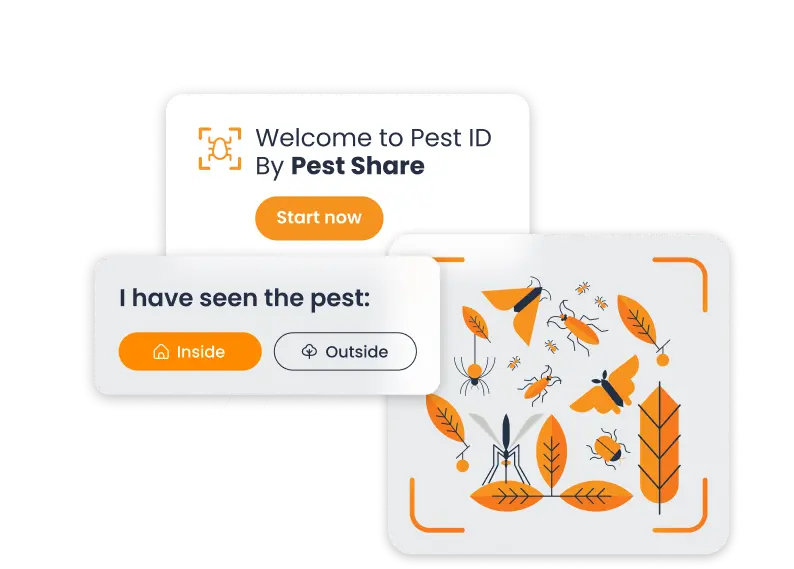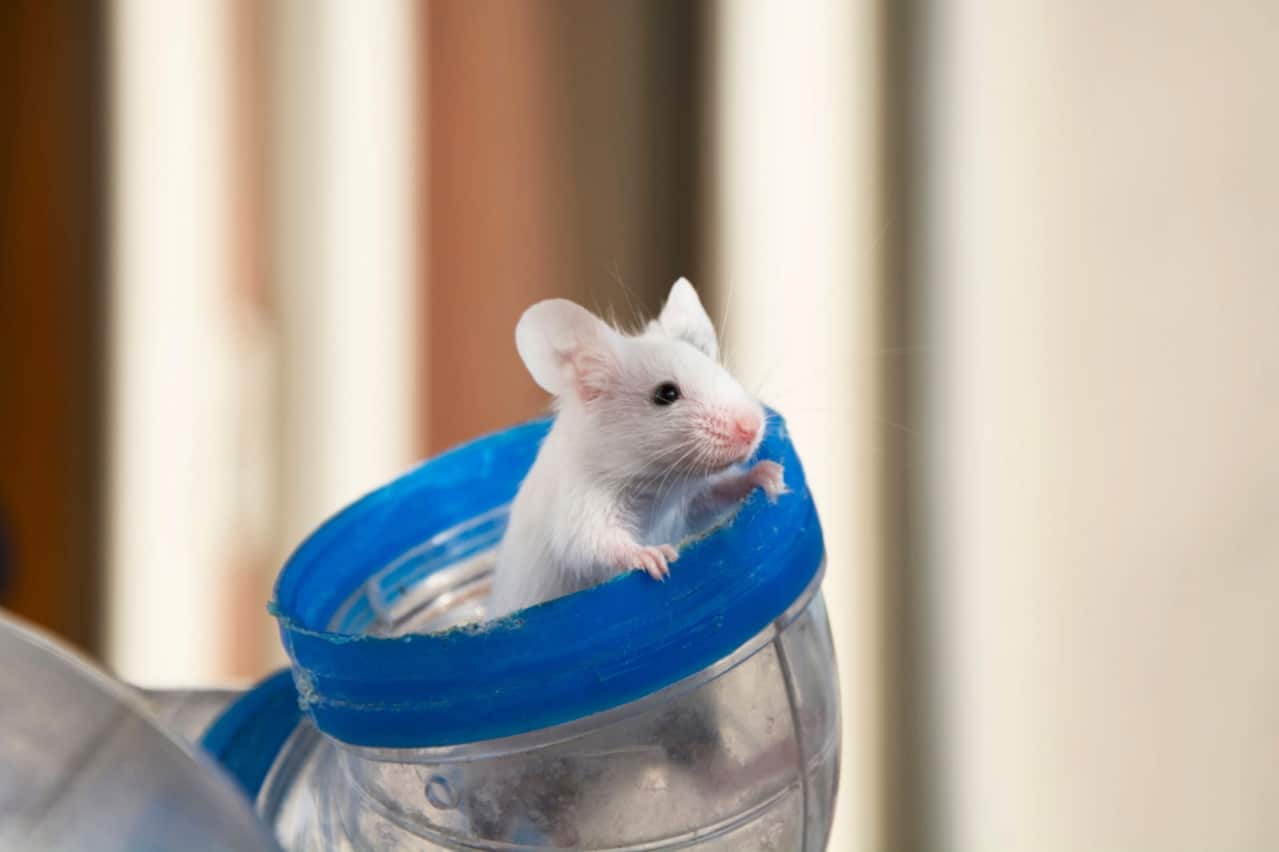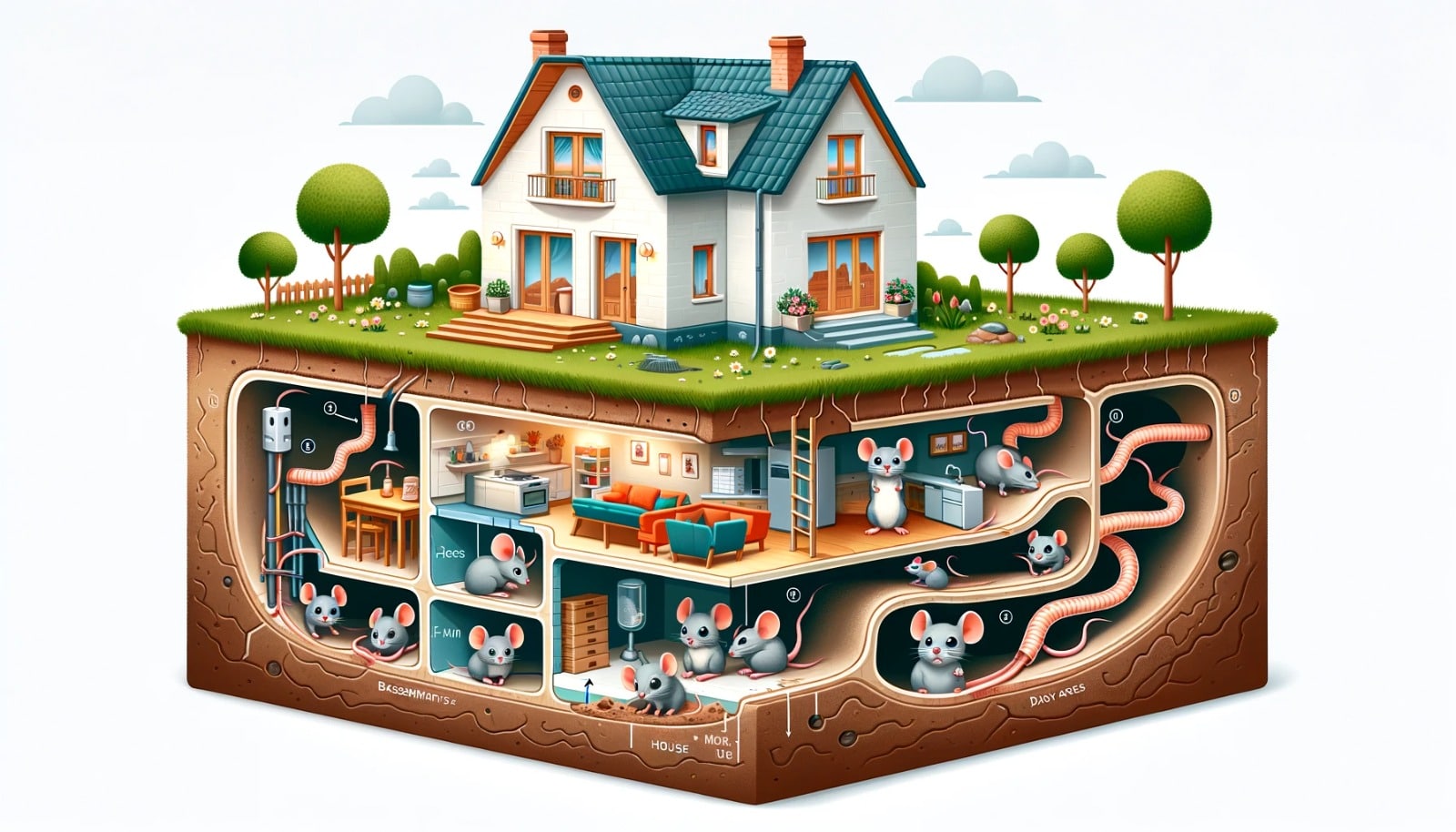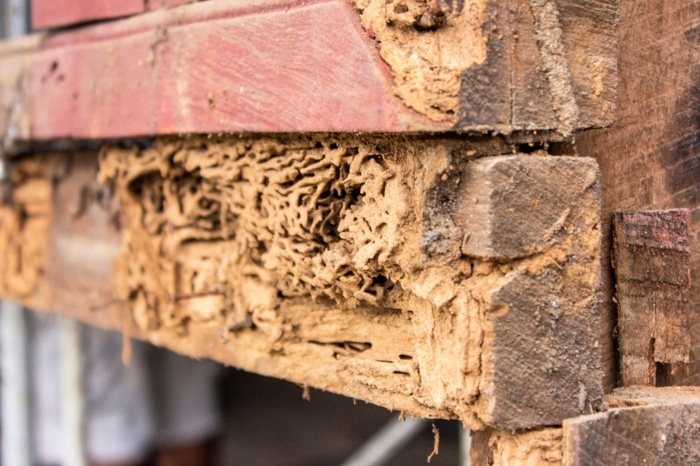Discovering a network of mouse tunnels under your house or in your garden can be a distressing experience. These hidden passageways not only signify a rodent problem but can also lead to structural damage and health risks. This guide aims to provide you with the knowledge and tools to effectively detect and prevent mouse tunnels, safeguarding your home from these unwelcome intruders.
Understanding Mouse Tunnels
Mouse tunnels are intricate systems of underground pathways created by mice as they seek shelter, food, and nesting areas. Typically found in quiet, undisturbed areas like gardens, under sheds, or even within the walls of homes, these tunnels can be surprisingly extensive. Mice are excellent diggers, capable of creating complex networks that are hard to spot and even harder to eradicate.
These tunnels serve several purposes for mice. They provide safety from predators, a controlled environment for storing food and raising young, and a stealthy means of moving around. Recognizing the existence and significance of these tunnels is the first step in dealing with a mouse infestation effectively.

Fast Fixes. Happy Residents.
Health Risks and Damage Caused by Mice
Mice may seem small and harmless, but they pose serious health risks and can cause significant damage to your home. These rodents can carry diseases such as hantavirus, salmonella, and leptospirosis, which can spread through their droppings, urine, and saliva. In addition, mice contaminate food sources and can trigger allergies or asthma, especially in children and sensitive individuals. Beyond health concerns, mice are notorious for chewing through wires, insulation, and even wooden structures, leading to costly repairs and potential fire hazards. Addressing a mouse problem quickly is essential to protect both your home and your health.
Detection of Mouse Tunnels
Detecting mouse tunnels requires a keen eye and attention to subtle signs. Look for these indicators:
Small Entry Points:
Mice can squeeze through openings as small as a dime. Check for small holes in your garden, near foundations, or in walls.
Soft, Sunken Paths:
In gardens, mouse tunnels can cause the ground to appear soft or sunken. These paths often lead to entry points.
Droppings and Tracks:
Mouse droppings or tiny footprints around suspected areas can indicate the presence of tunnels.
Gnaw Marks:
Mice constantly gnaw on objects to keep their teeth short. Look for gnaw marks on wood, cables, or near potential entry points.
Noises:
Listen for scratching or scurrying noises in walls or ceilings, especially at night when mice are most active.
Using a systematic approach to inspect your property regularly can help in early detection. Regularly walking your property and noting changes or signs of disturbance can be key in identifying mouse tunnels before they become a larger issue.
Rodent Tunnels
While mouse tunnels are common, it’s important to differentiate them from tunnels made by other rodents, like rats. Rat tunnels tend to be larger and more noticeable. They often have larger entry points and can be found in more open areas compared to the more hidden nature of mouse tunnels.
Identifying the type of rodent you’re dealing with is crucial as it will influence your approach to control and prevention. Rat tunnels might require more robust control methods due to the larger size and more aggressive nature of rats. On the other hand, mouse tunnels, while smaller, can be more numerous and widespread, necessitating a more comprehensive approach to detection and eradication.
Understanding the behavioural differences between these rodents is also key. Mice tend to invade living spaces more often than rats, seeking warmth and food sources. Rats, however, are more likely to be found in outdoor areas and might require different baiting and trapping strategies.
By correctly identifying the type of rodent and their tunnelling habits, you can develop a more targeted and effective strategy for dealing with your rodent problem.
Rat Restraint Device: A Tool for Control
Dealing with rodents, particularly rats, requires specific strategies, one of which includes the use of a rat restraint device. This device is designed to humanely capture and hold a rat for removal or further study. Restraint devices are often used in professional pest control scenarios and are particularly useful in areas where traditional traps may be less effective or where non-lethal methods are preferred.
The functionality of a rat restraint device typically involves a cage or tube-like structure that lures the rat in and then restricts its movement without causing harm. Some models may be equipped with sensors to notify the user when a rat has been captured. These devices are particularly useful in sensitive areas where safety and humane treatment are priorities.
When implementing rat restraint devices, placement is key. They should be strategically positioned near known rat tunnels or common travel paths. Regular monitoring and maintenance of these devices are crucial to ensure they remain effective and to address any captured rodents promptly. Additionally, using bait that is attractive to rats can significantly increase the success rate of these devices.
Mouse Tubes: An Innovative Solution

Mouse tubes are another innovative solution in the realm of rodent control. These tubes are designed to take advantage of the natural behaviour of mice, encouraging them to enter a confined space where they can be easily trapped or monitored. Unlike traditional snap traps, mouse tubes offer a more humane way to control mouse populations.
These tubes often mimic the natural tunnels mice prefer, making them an attractive choice for the rodents. Once inside, the mouse triggers a mechanism that closes the tube or alerts the homeowner to its presence. Some mouse tubes are designed for catch and release, allowing for humane removal of the mouse from the premises.
For effective use, mouse tubes should be placed in areas where mouse activity is suspected or confirmed, such as along walls, near entry points, or in areas where droppings have been found. As with any rodent control method, checking and maintaining these tubes regularly is vital to ensure they remain effective and humane.
Prevention Strategies
Prevention is always better than cure, especially when it comes to rodent infestations. Effective strategies to prevent mice and rats from establishing tunnels and nests in your property include:
Seal Entry Points:
Conduct a thorough inspection of your home and seal all potential entry points. This includes small gaps in foundations, openings around pipes, and spaces under doors.
Remove Food Sources:
Keep your home clean and free of accessible food. Store food in airtight containers, clean up crumbs and spills promptly, and manage garbage effectively.
Reduce Clutter:
Mice and rats use clutter to hide and build nests. Keeping your home and yard tidy and clutter-free can make it less inviting to rodents.
Landscaping Maintenance:
Overgrown vegetation can provide shelter for rodents. Regularly trimming bushes, mowing lawns, and removing debris can help deter them.
Use Natural Repellents:
Natural repellents like peppermint oil can deter mice. Soak cotton balls in peppermint oil and place them in areas where mice are likely to enter.
Proper Storage Practices:
Store items, especially in garages and attics, in plastic containers rather than cardboard boxes which can attract rodents.
Regular Inspection and Maintenance
A crucial aspect of managing rodent problems is regular inspection and maintenance. Vigilance can help detect early signs of mouse or rat infestations, allowing for prompt action before the situation escalates.
Schedule Routine Checks:
Set a regular schedule for inspecting your home and yard. This includes looking for new signs of tunnelling, checking traps or deterrent devices, and assessing potential entry points.
Monitor Known Hotspots:
Pay special attention to areas where rodents have been previously spotted or where conditions are ideal for their nesting, like dark, undisturbed corners, basements, or attics.
Maintain Deterrents and Traps:
Ensure that all rodent control devices, whether traps, tubes, or repellents, are in good working order. Replace or refill as necessary.
Adapt Your Strategies:
If you notice new signs of rodent activity, be prepared to adapt your strategies. This might involve trying different deterrents, resealing entry points, or changing bait types.
Keep Records:
Document your findings during each inspection. This can help track progress and identify patterns or recurring issues.
Conclusion
Dealing with mouse tunnels and rodent infestations requires a combination of vigilance, prevention, and effective control strategies. By understanding the behaviours of these pests, routinely inspecting your property, and employing a mix of innovative solutions like mouse tubes and rat restraint devices, you can keep your home safe and rodent-free. Remember, consistency is key in pest control. Don’t let your guard down and stay proactive in your efforts. If the situation seems overwhelming, consider reaching out to professionals like Pest Share for expert advice and assistance. Keep your home your sanctuary, free from unwelcome furry intruders.





